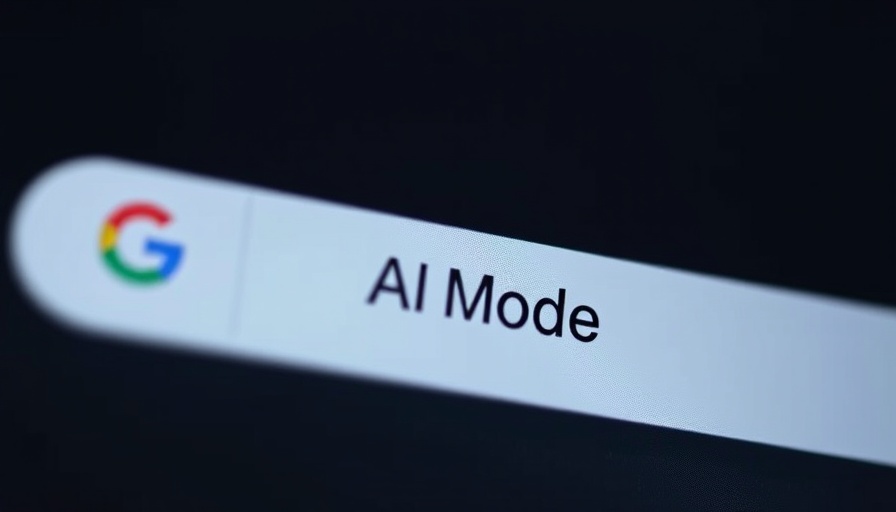
Google's AI Mode Rolls Out: A Bumpy Start
On March 24, 2025, Google sent out invitations to selected users to test its new AI Mode, promising exciting features and advancements. However, for many, including myself, the experience turned into a frustrating exercise in futility. Despite receiving the much-anticipated invitation, clicking the "Try now" button led to unexpected results: a notification indicating I was still on the waitlist, unable to access the new feature. This situation is not isolated; multiple users have reported similar access issues as they try to dive into Google's latest AI innovations.
The Frustration of the Waitlist
The AI community has been buzzing about the rollout since it was first announced, highlighting the advancements that AI Mode is expected to bring. Yet, the rollout has fallen on its face in execution for many users. Social media has become a platform for users to share their frustrations. "Can confirm I also got the email but can't access! Seems like a bug," tweeted Simon Panting, reflecting a sentiment shared by numerous others.
Historical Context: Evolution of Google's AI Features
To understand why this rollout is particularly significant, we should look back at the evolution of Google's AI features. Over the years, Google has consistently integrated AI across its platforms—from search algorithms to digital assistants. Each enhancement has opened new doors for productivity and user interaction. However, the pattern of technical difficulties during rollouts has also been prevalent, suggesting that while Google is at the forefront of AI technology, the implementation stages sometimes leave much to be desired.
Insights on AI's Impact on Users
For AI enthusiasts, the importance of seamlessly integrating advanced features cannot be overstated. The AI Mode represents the potential for cutting-edge improvements that could enhance everyday tasks and interactions. Still, the accessibility issues remind us of the growing pains associated with new technology. This inconsistency has implications beyond inconvenience; it raises questions about how such bugs can affect user trust and long-term loyalty to the platform. Developers and tech companies must prioritize user experience alongside innovation, ensuring that new features don't inadvertently alienate their users.
Current Trends and Future Predictions in AI Access
Looking ahead, the prompt rollout and users' access frustrations signal a need for more robust testing protocols. As competition in the AI sector intensifies, other companies are likely watching closely. If issues persist, Google could risk losing its competitive edge to emerging AI platforms that prioritize smoother user experiences. Companies like OpenAI and Nvidia have made significant strides in creating user-friendly interfaces for their AI products. Moving forward, it will be interesting to see how Google addresses these hiccups and what strategies they implement to ensure users can quickly harness new advancements without delays.
Your Role as a User in the AI Dialogue
User feedback is crucial in shaping the future of AI features. By voicing concerns like the accessibility problems many are currently experiencing, users can spur companies to take action. Utilizing social media, forums, and direct feedback avenues can create a more robust dialogue around AI features. As users express both appreciation for the advancements and frustrations over technical obstacles, companies will have the opportunity to respond to public sentiment and enhance their offerings accordingly.
Conclusion: Taking Action Amidst Technical Glitches
While today's access issues may seem like mere annoyances, they reflect greater potential challenges as AI technology continues to evolve. As AI enthusiasts, staying informed and engaged will empower us to advocate for a future where innovations are accessible, functional, and beneficial to all. The tech landscape is rapidly shifting, and as we embrace the changes, it is vital to ensure our voices contribute to shaping user-centered advancements. In this fast-paced environment, let us be proactive and ensure that our perspectives bolster the ongoing dialogue around AI development.
 Add Row
Add Row  Add
Add 




 Add Row
Add Row  Add
Add 

Write A Comment